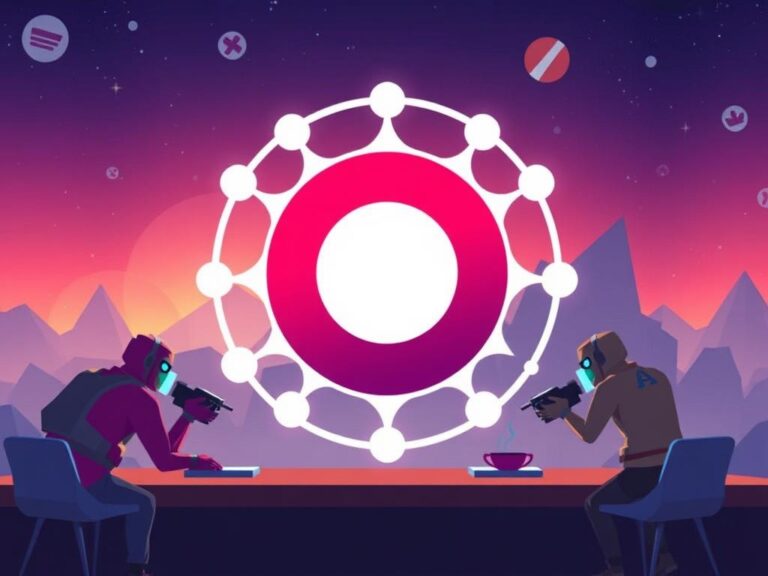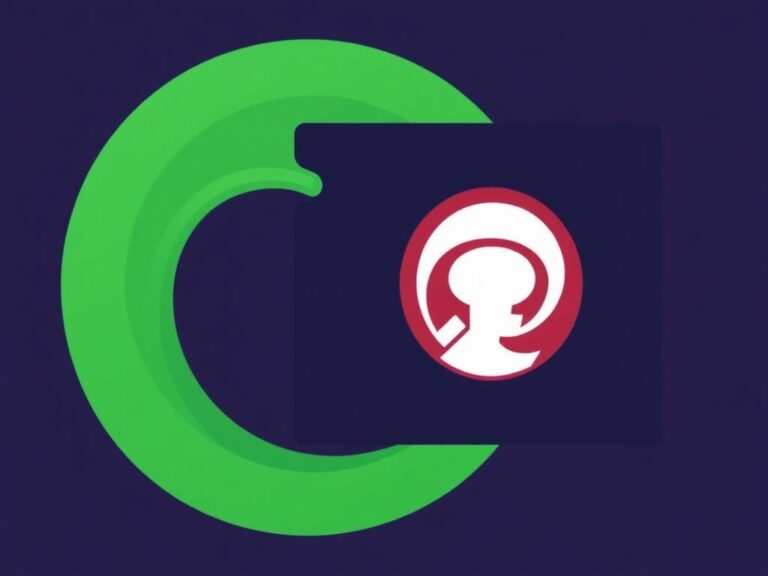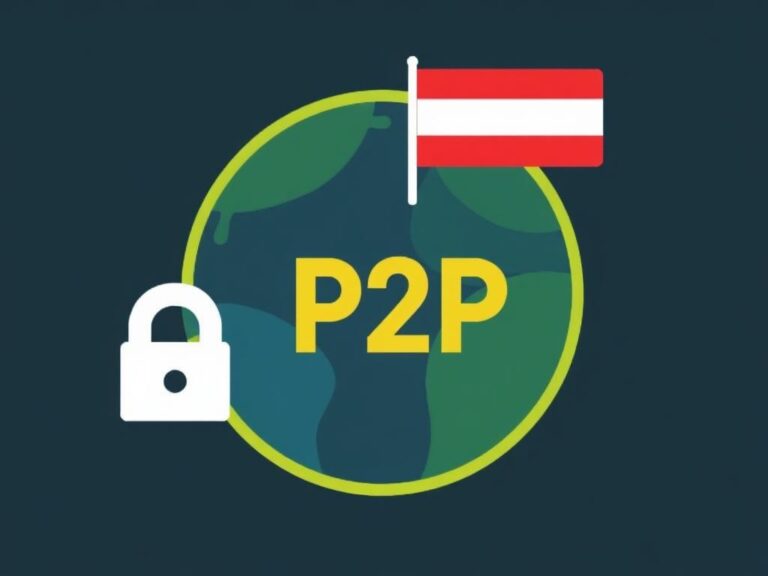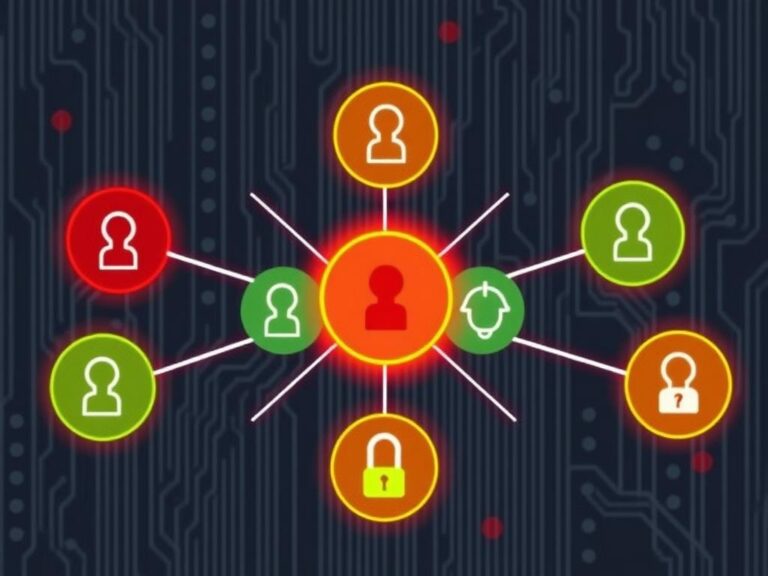Decentralized Social Media: Exploring Mastodon and Scuttlebutt
In an age dominated by giant tech corporations controlling vast swaths of our online social experiences, the concept of decentralized social media is becoming increasingly appealing. Traditional social media platforms often gather mountains of personal data, shape user interaction through opaque algorithms, and, occasionally, restrict freedom of speech or content sharing. This frustration has sparked interest in alternatives like Mastodon and Scuttlebutt—two pioneering decentralized social media platforms offering users control, privacy, and community-driven experiences. So, what makes decentralized social media different, and why should you care about platforms like Mastodon and Scuttlebutt? Let’s dive in.
Understanding Decentralized Social Media
Decentralized social media is a paradigm shift from the existing centralized model where a single company owns, operates, and controls the entire platform. Instead, decentralized social networks distribute control across multiple independent nodes or servers, often called instances, which connect and communicate to form a broader network. This structure offers several advantages: enhanced user privacy, control over data, resistance to censorship, and increased resilience against outages or manipulative practices.
Unlike centralized platforms—think Facebook, Twitter, or Instagram—where your data is stored in one giant company’s servers, decentralized social media means your information and social connections may reside across various servers run by diverse communities or even yourself. This not only empowers users but encourages a more open, diverse, and customizable online social experience.
Meet Mastodon: The Federated Social Network
Among decentralized social media platforms, Mastodon has gained significant popularity. Founded by Eugen Rochko in 2016, Mastodon offers a federated social network that operates much like Twitter but is community-run, open source, and spread out across multiple servers called instances.
Each Mastodon instance has its own rules, moderation policies, and themes, often centered on specific interests or communities. While you create an account on one instance, you can still interact with users on other instances—sharing posts, following friends, and joining conversations seamlessly.
Key Features of Mastodon
Mastodon comes with features familiar to Twitter users, including the ability to post short messages (called toots), share images and videos, follow other users, and participate in public or private chats. However, it boasts significant differences rooted in decentralization:
- Federation: Individual servers communicate using an open protocol called ActivityPub, allowing them to function collectively.
- Custom Moderation: Instances decide their own rules, creating niche environments and reducing the risk of arbitrary censorship.
- Ownership: Users retain control of their data and avoid being tracked by a central authority.
Mastodon Instance Examples
To illustrate the diversity of Mastodon communities, here’s a table comparing a few popular instances:
| Instance | Focus | Moderation Style | Active Users |
|---|---|---|---|
| mastodon.social | General Interest | Moderate, balanced | 150k+ |
| techhub.social | Technology and coding | Strict content guidelines | 20k+ |
| artisticworld.org | Artists and creators | Community-driven | 10k+ |
Scuttlebutt: A Peer-to-Peer Social Network Revolution
While Mastodon is federated—meaning multiple servers communicate to form a network—Scuttlebutt takes decentralization even further. It operates as a peer-to-peer (P2P) social network protocol, where users’ devices communicate directly without relying on centralized servers. This offline-capable system fundamentally rethinks how social media can work.
Created by Dominic Tarr, Scuttlebutt allows users to share messages, images, and other content directly with their trusted contacts. Your social graph is established through following others, and all content is stored locally on your device, then synchronized with peers when online. This model supports strong privacy because no central server holds your data unless you explicitly share it.
How Scuttlebutt Works
Scuttlebutt’s peer-to-peer architecture introduces unique features that differentiate it sharply from conventional social media networks:
- Offline Access: You can use the platform without constant internet, syncing updates when you reconnect.
- Local Data Storage: Your data remains on your device, reducing surveillance and third-party data harvesting.
- Trust-based Network: You follow people intentionally, and your feed derives from your trusted circle rather than an algorithm.
Use Cases and Community Roles
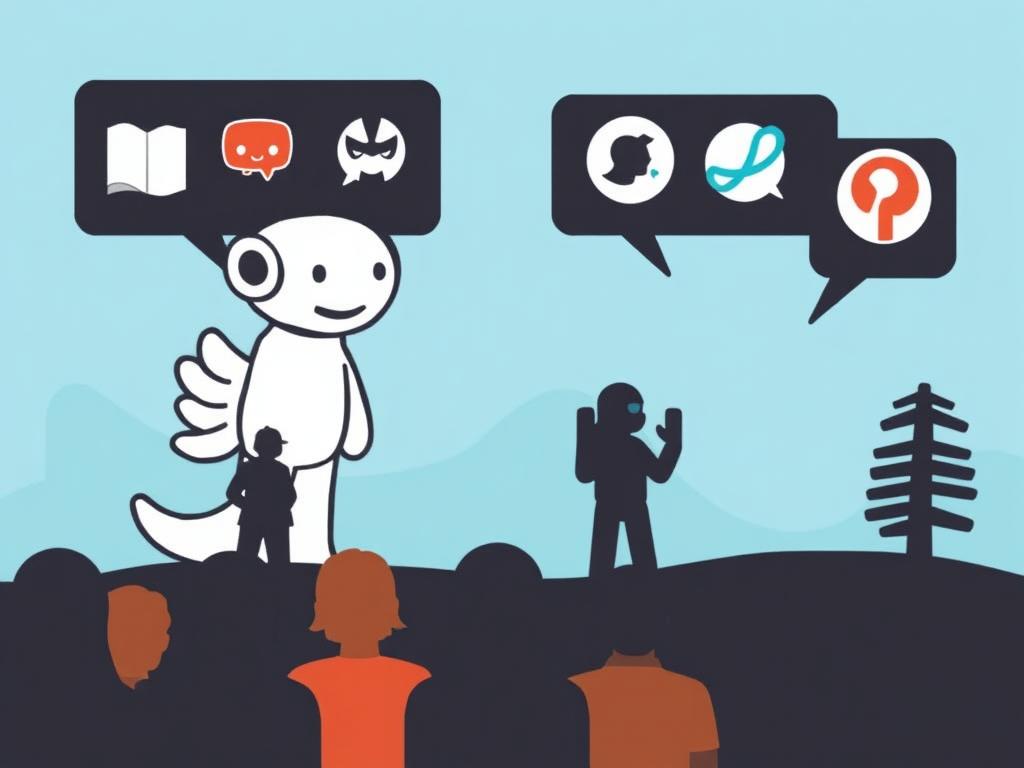
Scuttlebutt appeals to those who want to escape centralized control, preserve privacy, or maintain connections in low-connectivity environments. It’s especially popular among activists, researchers, and privacy-conscious users.
A simplified comparison of Mastodon and Scuttlebutt shows their contrasts clearly:
| Feature | Mastodon | Scuttlebutt |
|---|---|---|
| Architecture | Federated servers (instances) | Peer-to-peer, device-based |
| Data Storage | Hosted on servers (instances) | Local device storage |
| Internet Connection | Required for all activities | Offline usage possible |
| Content Moderation | Instance-based moderation policies | Self-moderated/trust network |
Why Decentralized Social Media Matters Today

With growing concerns about privacy breaches, algorithmic manipulation, censorship, and data monopolies, decentralized social media presents an attractive alternative. Using platforms like Mastodon and Scuttlebutt allows users to reclaim ownership of their digital lives, fostering genuine communities unhindered by corporate interests.
Moreover, decentralization helps resist censorship by spreading power and control across many independent operators rather than relying on an inherently vulnerable central authority. It also encourages diversity, letting niche communities thrive without being overshadowed by algorithms prioritizing engagement over quality content.
Challenges and Considerations
Despite their benefits, decentralized social media options face hurdles. New users might find setup and navigation confusing compared to mainstream apps. Because of varied moderation policies, some instances might harbor toxic behavior, requiring users to pick their communities carefully. Also, network effects favor centralized giants due to their massive user bases.
Yet, ongoing development and increasing awareness are gradually improving usability, helping decentralized platforms grow. The open-source nature of Mastodon and Scuttlebutt invites innovation and continuous improvement from passionate communities worldwide.
Getting Started: How to Join Mastodon or Scuttlebutt

If the idea of decentralized social media sparks your interest, here’s a simple starter guide:
- For Mastodon: Visit a server directory like joinmastodon.org/servers to explore instances. Choose one reflecting your interests or moderation preferences and create an account. Download a Mastodon app for mobile or use the web interface to start posting and following.
- For Scuttlebutt: Download a Scuttlebutt client like Patchwork or Manyverse. Since it’s peer-to-peer, you might connect with friends directly or via public pubs (servers that facilitate synchronization). Explore how the offline-friendly model fits your workflow.
Comparison Table: Mastodon vs. Scuttlebutt at a Glance
| Aspect | Mastodon | Scuttlebutt |
|---|---|---|
| Launch Year | 2016 | 2014 |
| Primary Goal | Decentralized microblogging | Peer-to-peer social networking |
| User Base | Hundreds of thousands | Tens of thousands, smaller niche |
| Content Format | Text, images, videos, polls | Text, images, multimedia with offline usage |
| Moderation | Instance-specific | User-driven, trust network |
Conclusion
Decentralized social media platforms like Mastodon and Scuttlebutt offer compelling alternatives to traditional, centralized networks by empowering users with privacy, control, and sustainable communities. Although each follows a distinct model—Mastodon’s federated instances and Scuttlebutt’s peer-to-peer architecture—both challenge the conventional social media status quo. With concerns over data ownership, censorship, and centralization rising, exploring these platforms can be an exciting way to reclaim your digital freedom and engage with social networks that prioritize community and user choice. Whether you’re drawn to Mastodon’s familiar microblogging format or Scuttlebutt’s innovative offline capabilities, the future of social media is undoubtedly looking more decentralized—and more human—than ever before.


